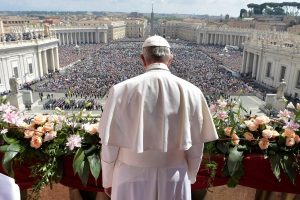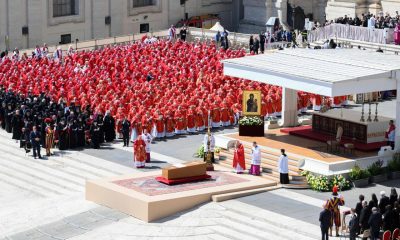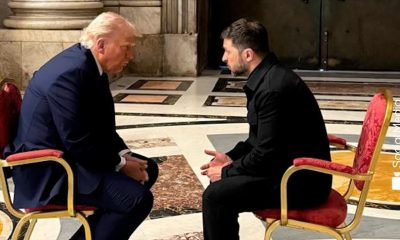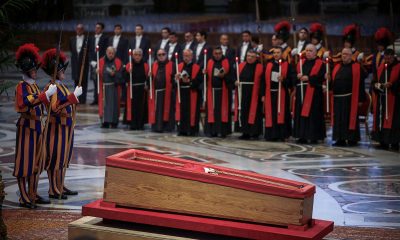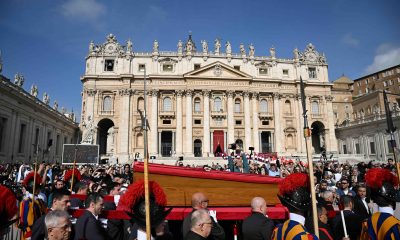News
Pope Francis’ Will Reveals Final Wish: A Simple Underground Tomb Marked Only ‘Franciscus’
Unlike many predecessors buried in the Vatican, Francis chose this Marian sanctuary atop the Esquiline Hill, where a “benefactor” has already covered the costs of his burial preparations, as arranged with Cardinal Rolandas Makrickas, the basilica’s Extraordinary Commissioner.
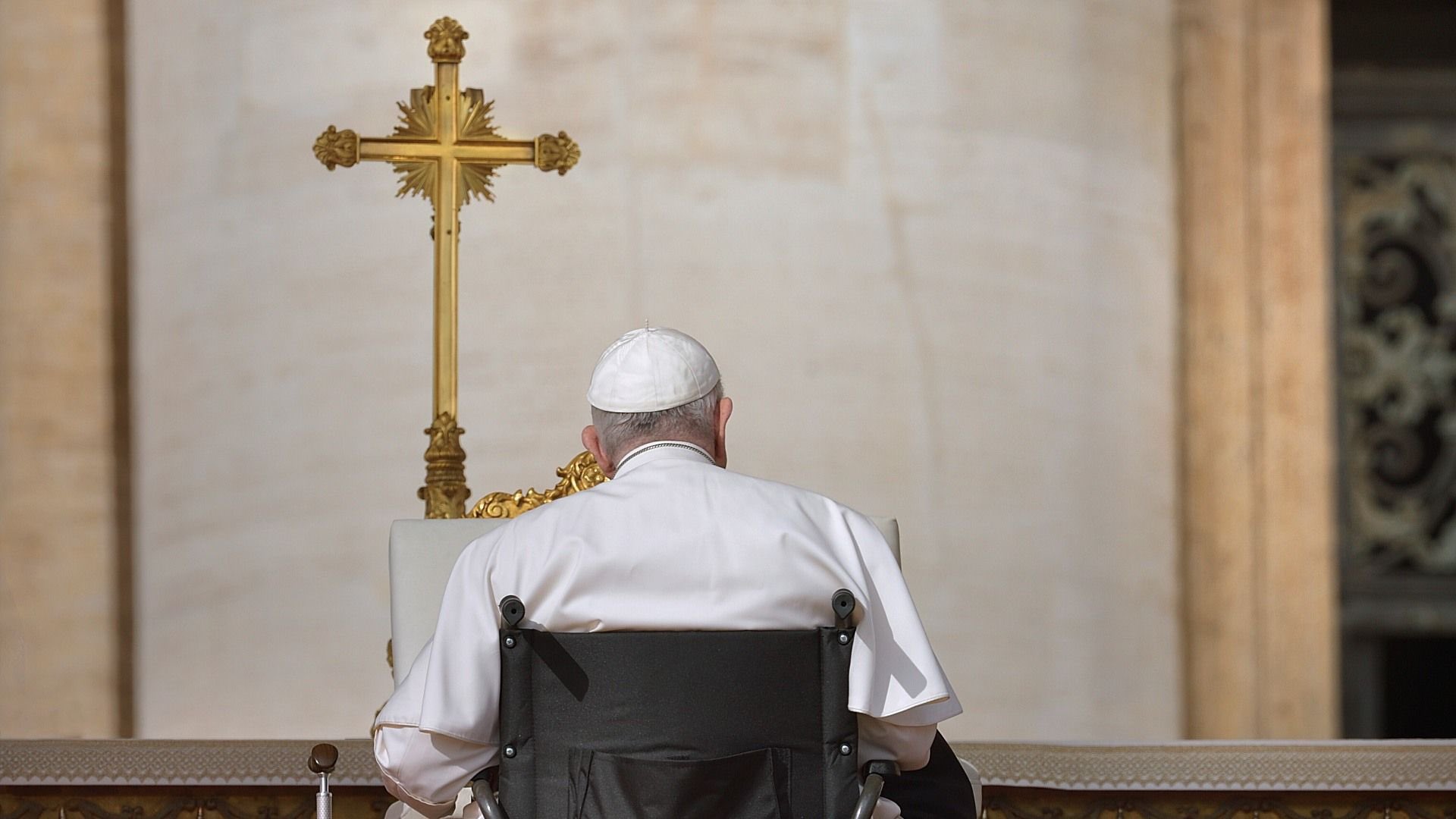
Pope Francis, who passed away on Monday from a stroke and irreversible heart failure, left explicit instructions in his will for a humble burial in Rome’s Basilica of Saint Mary Major, a church he held dear throughout his papacy.
The Vatican confirmed his death following a coma, with an echocardiogram sealing the somber announcement.
In a will released the same day, the pontiff expressed his desire for a simple tomb inscribed only with “Franciscus,” reflecting his lifelong devotion to humility and the Virgin Mary.
In his final testament, Pope Francis wrote, “Throughout my life, and during my ministry as a priest and bishop, I have always entrusted myself to the Mother of Our Lord, the Blessed Virgin Mary.
For this reason, I ask that my mortal remains rest – awaiting the day of the Resurrection – in the Papal Basilica of Saint Mary Major.”
He specified that the tomb be placed in the ground in a niche between the Pauline and Sforza Chapels, near the revered icon of the Virgin Mary with the child Jesus, known as Salus Populi Romani.
The pontiff insisted on simplicity, stating, “The tomb should be in the ground; simple, without particular ornamentation, bearing only the inscription: Franciscus.”
The Basilica of Saint Mary Major, one of Rome’s four papal basilicas, holds profound significance for Francis, who visited it 125 times during his papacy.
His bond with the church began immediately after his election in 2013 and continued with visits before and after every foreign trip, often bringing flowers to the Virgin Mary’s icon.
Following a prolonged hospitalization in February and March this year, he made it his first stop upon recovery and returned once more before his death.
“I always entrusted my life and priestly and episcopal ministry to the mother of our Lord, Holy Mary,” he wrote, underscoring his spiritual connection to the site.
Francis’s burial at Saint Mary Major marks a historic departure from tradition, as he will be the first pope in over 350 years to be laid to rest there, following Clement IX in 1669.
Unlike many predecessors buried in the Vatican, Francis chose this Marian sanctuary atop the Esquiline Hill, where a “benefactor” has already covered the costs of his burial preparations, as arranged with Cardinal Rolandas Makrickas, the basilica’s Extraordinary Commissioner.
The Pope’s funeral is expected by the end of this week, adhering to Vatican protocol that mandates it occur between four and six days after his death—likely Friday, Saturday, or Sunday.
A procession will carry his coffin across the River Tiber from the Vatican to Saint Mary Major, followed by nine days of official mourning, known as Novendiali. Cardinals will then convene to select his successor.
In his will, Francis reflected on his recent ill-health, writing, “The suffering that has marked the final part of my life, I offer to the Lord, for peace in the world and for fraternity among peoples.”
He also extended gratitude to his supporters, adding, “May the Lord grant a fitting reward to all those who have loved me and who continue to pray for me.”
Saint Mary Major, enriched by centuries of papal patronage, houses treasures like a Michelangelo-designed chapel, a gold-laden ceiling, and a crypt said to contain wood from Jesus’s manger.
Yet, it is the Virgin Mary’s icon—credited with saving Rome from plagues and war—that Francis cherished most.
His resting place near this historic symbol cements his legacy as a pope devoted to simplicity, prayer, and the maternal care of Mary.
As the world mourns, Francis’s final wish ensures his eternal rest in a place of profound personal meaning, a testament to a papacy defined by humility and faith.
Kenya Insights allows guest blogging, if you want to be published on Kenya’s most authoritative and accurate blog, have an expose, news TIPS, story angles, human interest stories, drop us an email on [email protected] or via Telegram
-

 News2 weeks ago
News2 weeks agoKenyan Driver Hospitalized After Dubai Assault for Rejecting Gay Advances, Passport Seized as Authorities Remain Silent
-
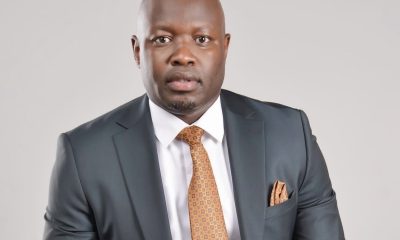
 Investigations7 days ago
Investigations7 days agoMoney Bior, Lawyer Stephen Ndeda Among 18 Accused Of Running An International Fraud Ring Involved With Scamming American Investor Sh500 Million
-

 Investigations6 days ago
Investigations6 days agoNestlé Accused of Risking Babies’ Health in Africa with ‘Toxic’ Cerelac Product Sold Highest in Kenya
-
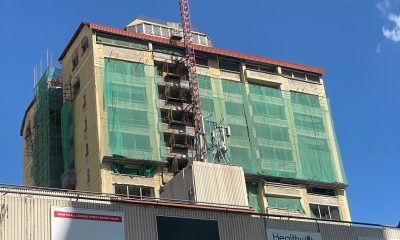
 Business2 weeks ago
Business2 weeks agoConstruction Of Stalled Yaya Center Block Resumes After More Than 3 Decades and The Concrete Story Behind It
-
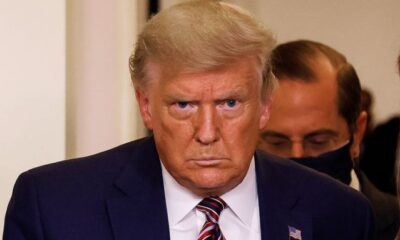
 Investigations2 weeks ago
Investigations2 weeks agoHow Somali Money From Minnesota Fraud Ended In Funding Nairobi Real Estate Boom, Al Shabaab Attracting Trump’s Wrath
-

 News1 week ago
News1 week agoTSC Announces Major Policy Shift To End Transfer Of Promoted Teachers
-

 News5 days ago
News5 days ago48-Year-Old Woman Who Pushed 25-Year-Old Boyfriend To Death From 14th Floor Kilimani Apartment Arrested
-
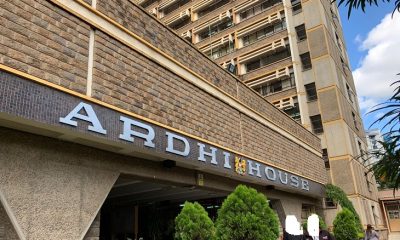
 Investigations2 days ago
Investigations2 days agoHow Land Grabbing Cartels Have Captured Ardhi House


